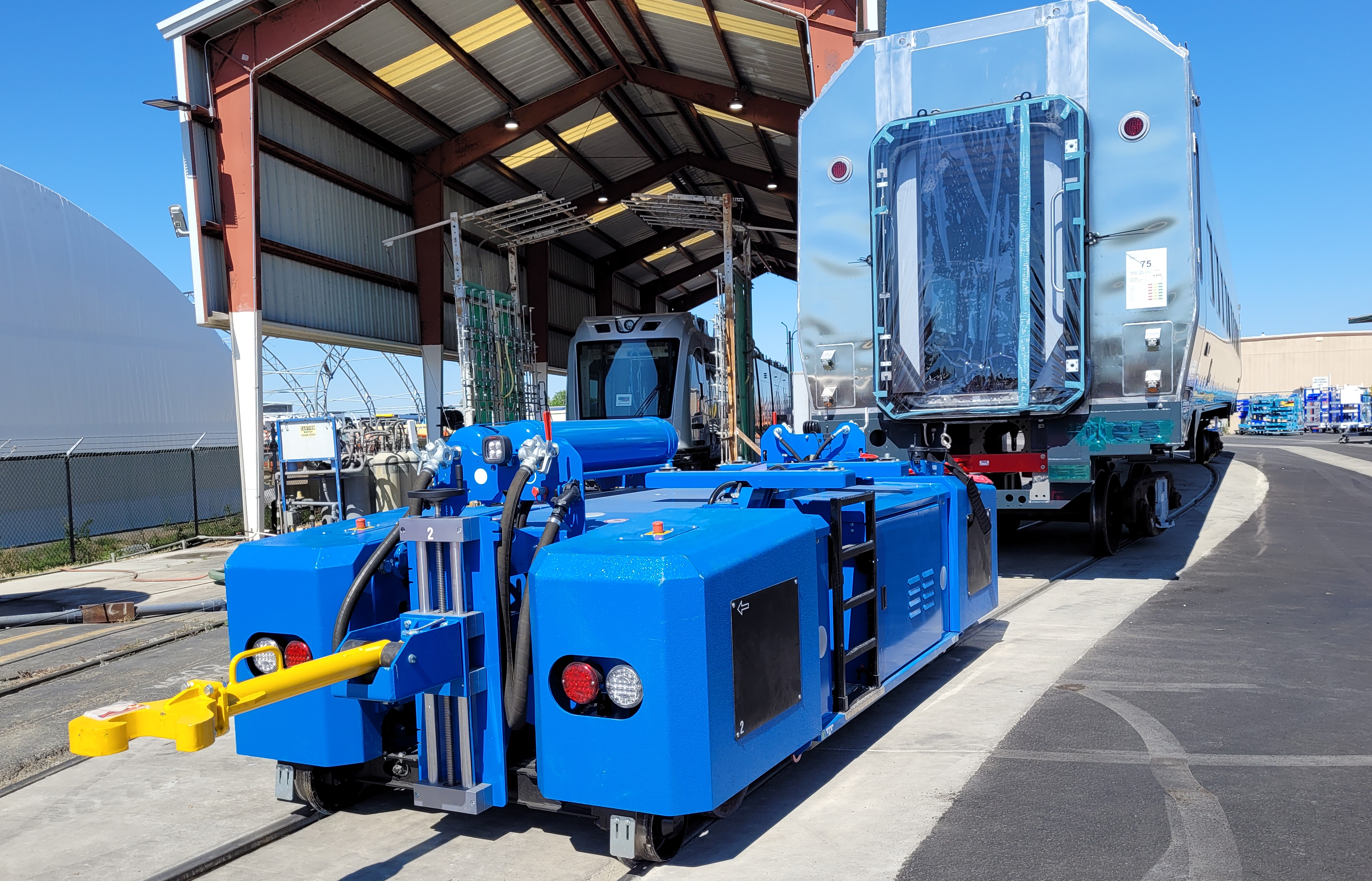
When it comes to rail maintenance, the equipment you choose isn’t just a tool—it’s a partner in keeping your operations running smoothly and safely. From railway cranes that handle heavy lifting to railcar movers that keep things moving, making the right choice can save you time, money, and hassle. But with so many options available, where do you start?
Here’s a look at the key factors you should consider when making your decision.
Not all cranes are created equal
Choosing the right rail crane for your operation can feel like picking the right tool out of a toolbox—there are a lot of options, and each one is designed for a specific job. Telescopic cranes, for example, are your go-to for long reach projects, perfect for placing track sections or working on elevated structures. Meanwhile, hydraulic cranes shine in more confined spaces, where precision is critical, like under overhead wires or in busy rail yards.

The important thing is to match the crane to the task. Consider factors like lifting capacity, mobility, and the specific challenges of your work environment. The right crane doesn’t just lift—it elevates your entire operation by increasing safety and efficiency.For example, in AMTRAK’s New York Penn Station Rehabilitation Project, we implemented a custom 110-ton railbound tunnel crane, designed to work within tight clearance limits. This solution played a key role in enhancing AMTRAK’s operational efficiency—discover more about this case study here.
Lifting equipment: safety and efficiency go hand in hand
Your railway lifting equipment needs to be reliable, easy to maintain, and, most importantly, safe. Features like load sensors and safety followers are designed to prevent accidents before they happen. Look for equipment with automatic lubrication systems and wear detection—it’s the kind of tech that keeps your maintenance needs low and your uptime high.
Operational efficiency also depends on choosing equipment that fits your space. Compact, easy-to-move lifting gear can save you valuable space in tight workshops, while maintaining the strength and durability you need. It’s about finding that sweet spot between size, strength, and safety.

In projects like he O-Train maintenance project, we provided a custom stationary underfloor lifting system that was essential for meeting Canadian standards. This solution ensures a safe, efficient setup for monthly fleet servicing, optimizing space and enhancing operations in a confined environment
Picking the right railcar mover for your needs

Do you need something that’s emission-free for indoor use? A battery-powered mover could be just the solution, offering quiet, clean operation. But if you’re dealing with heavy loads or outdoor work, a diesel mover might be the better option, providing the power and durability to handle tough terrains.
You should also think about maneuverability. Some railcar movers come with remote operation capabilities, which not only makes them easier to use in tight spaces but also enhances safety by keeping operators out of hazardous areas.
For example, for BNSF, addressing both safety and environmental impact was a top priority in their workshop operations. Our solution? A customized E Maxi-L Electric Railcar Mover that provided the ideal balance, enabling efficient, low-emission shunting over their wheel truing machine. This setup streamlined processes while meeting rigorous safety and environmental standards. Read more about this project clicking here.
Quality matters: manufacturing and longevity
When investing in rail maintenance equipment, the source of the machinery matters. Quality assurance comes from knowing where and how the equipment is made. German and Australian manufacturing standards are well-known for their engineering precision and durability, especially when compared to lower-cost alternatives that might not hold up in the long run.
And it’s not just about the equipment lasting longer—it’s about reducing downtime and costly repairs. Ensuring your equipment is backed by solid warranties and reliable support can save you headaches down the road.
Conclusion:
Rail maintenance is a demanding field, and your equipment should be up to the challenge. Whether you’re selecting railway cranes, lifting equipment, or railcar movers, make sure you’re investing in tools that prioritize safety, efficiency, and durability. The right equipment doesn’t just help you get the job done—it helps you do it better, faster, and safer.
Ready to upgrade your rail maintenance operations?
Get in touch and discover how the right equipment can make all the difference in efficiency, safety, and long-term performance.
